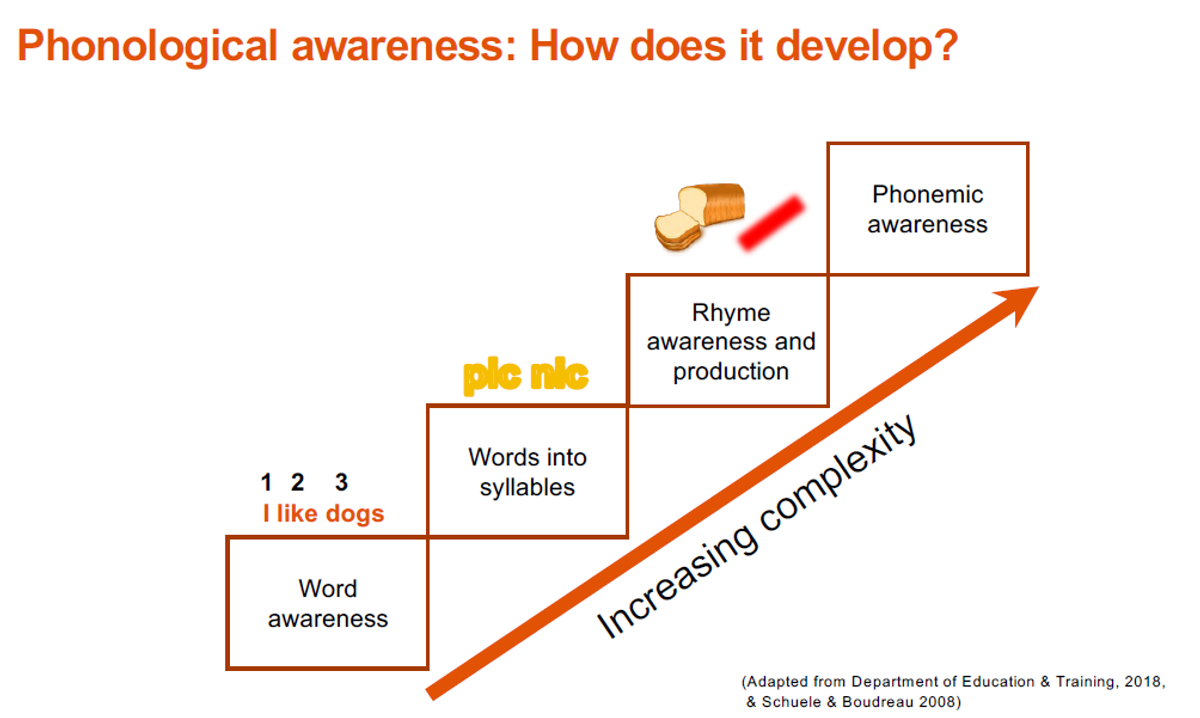Literacy
Emma Mallia

Literacy
Emma Mallia
Throughout Term 1, every Foundation and Year 1 student in Victoria must complete the Online English Interview. This is a one-to-one assessment, during which teachers lead students through a series of tasks matched to different areas of Literacy. Here at BNWPS, our Foundation and Junior teachers have recently completed their interviews and last week we began the process of analysing students’ results in order to inform our teaching.
As part of our discussions, we spoke at length about students’ phonological awareness, their phonemic awareness and their phonics knowledge. Although they may sound similar, these are in fact three different components of Literacy, all of which are important building blocks in students learning to speak, read and write. So what do each of these terms mean?
Phonological awareness is the understanding that spoken language can be broken down and manipulated. Students with strong phonological awareness are able to separate and identify individual spoken words, hear syllables in words, identify and produce rhyming words and have good phonemic awareness.
Phonemic awareness is a focus on the individual sounds in words. When demonstrating phonemic awareness, students will blend, segment, add, delete and substitute sounds. For example, if we blend the sounds c-a-t, we make the word cat. If we delete the /c/ sound, we get the word at. If we substitute the /a/ sound for a /u/ sound we get the word cut. As shown in the diagram below, phonemic awareness occurs at the end of the phonological awareness continuum.


Phonics knowledge is developed when students are able to map the sounds they hear in words to the corresponding letters and letter patterns. When they can do this, they are able to read and write. As teachers, it is such a joy watching students unlock our alphabetical code and see them apply their phonics knowledge to read and write new words.
All three of these Literacy concepts can easily be practised at home. Reciting poems and chants or playing word games are two great ways to do this. Additionally, if you’re interested in seeing some of our English Online Interview data, you’re welcome to join the Education Sub-Committee, who will be analysing the data at their next meeting. To join, contact Keir or Emma.